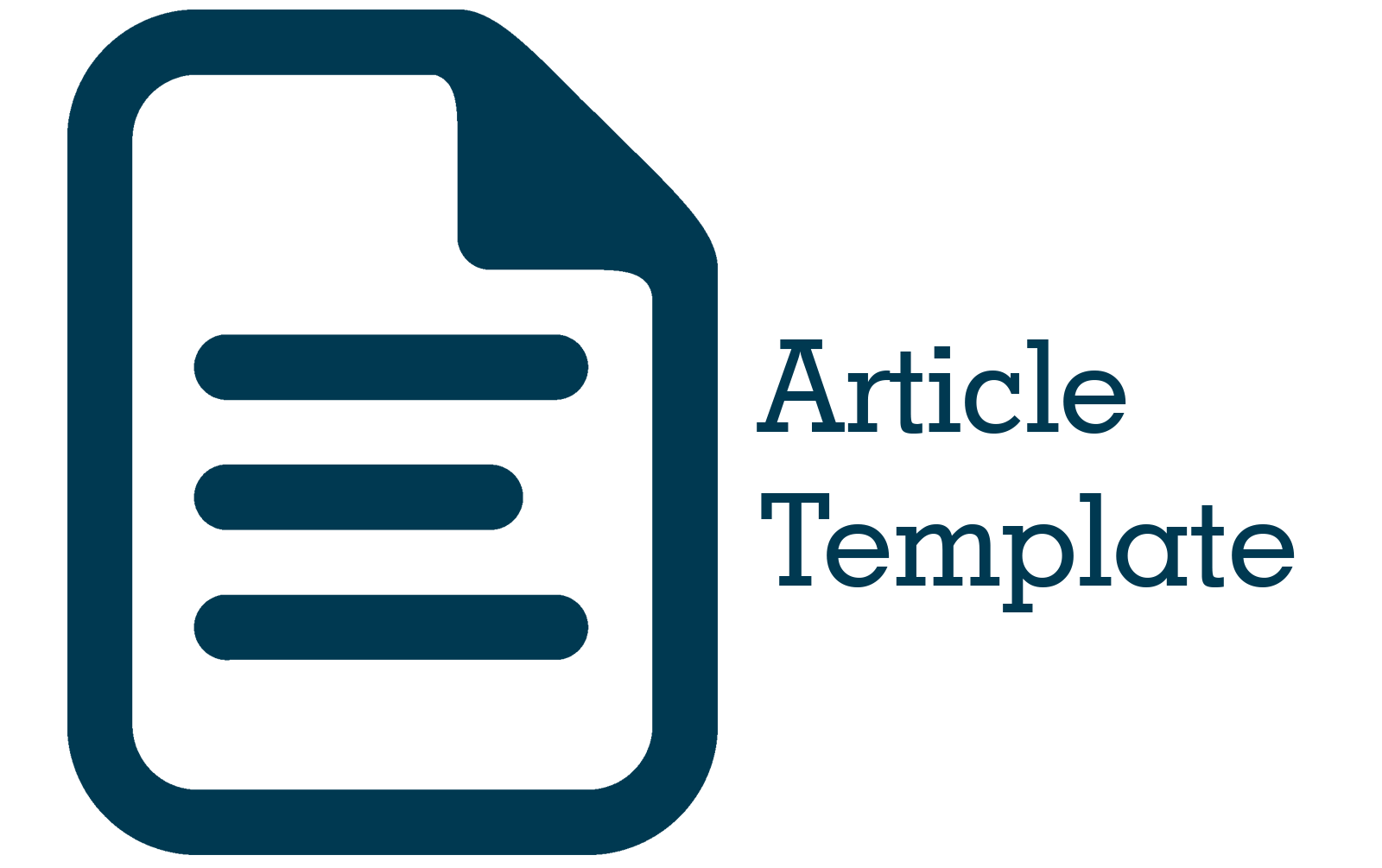Pola Penggunaan Gawai pada Anak dengan Gangguan Bahasa Ekspresif di RSUD Al-Ihsan Bandung
Abstract
Abstract. Based on data from the Centers for Disease Control and Prevention (CDC), children generally spend about eight hours a day watching digital screens. The World Health Organization (WHO) recommends screen time of no more than one hour for children between the ages of two and four. Language disorders are often associated with high screen time. This study aims to determine the description of demographic characteristics and patterns of device use in children with expressive language disorders at Al Ihsan Bandung Hospital. This study is descriptive in nature with research subjects of children who have expressive language disorders at Al Ihsan Hospital who meet the inclusion criteria. The results of this study indicate that most pediatric patients with language disorders at Al-Ihsan Bandung Hospital in 2023 are children who use 2 types of devices (46.7%) with the most frequently used device is television (100%) and the duration of use is included in the long category (>60 minutes) (93.3%). All children with expressive language disorders at Al-Ihsan Bandung Hospital have a history of excessive device use. The higher the use of devices in children will affect the development of language in children.
Abstrak. Berdasarkan data dari Centers for Disease Control and Prevention (CDC), anak-anak umumnya menghabiskan waktu sekitar delapan jam sehari untuk menonton layar digital. World Health Organization (WHO) merekomendasikan screen time tidak lebih dari satu jam untuk anak antara usia dua dan empat tahun. Gangguan berbahasa sering kali dikaitkan dengan screen time yang tinggi. Penelitian ini bertujuan untuk mengetahui gambaran karakteristik demografi dan pola penggunaan gawai pada anak dengan gangguan bahasa ekspresif di RSUD Al Ihsan Bandung. Penelitian ini bersifat deskriptif dengan subjek penelitian anak yang memiliki gangguan bahasa ekspresif di RSUD Al Ihsan yang memenuhi kriteria inklusi. Hasil penelitian ini menunjukkan bahwa sebagian besar pasien anak dengan gangguan bahasa di RSUD Al-Ihsan Bandung Tahun 2023 adalah anak yang menggunakan 2 jenis gawai (46.7%) dengan gawai yang paling sering digunakan adalah televisi (100%) dan durasi penggunaan termasuk dalam kategori lama (>60 menit) (93.3%). Seluruh anak yang mengalami gangguan bahasa ekspresif di RSUD Al-Ihsan Bandung memiliki riwayat penggunaan gawai yang berlebihan. Semakin tingginya penggunaan gawai pada anak maka akan mempengaruhi perkembangan bahasa pada anak.
References
“Screen Time Kids Recommendations For Parents: Digital Screens & Gadgets.” Accessed: Feb. 28, 2023. (Online). Available: https://childdevelopmentinfo.com/screen-time/screen-time-recommendations-for-parents-how-much-is-too-much-for-kids/
“Direktorat Jenderal Pelayanan Kesehatan.” Accessed: Feb. 24, 2023. (Online). Available: https://yankes.kemkes.go.id/view_artikel/1520/screen-time-pada-anak-perlukah
N. Agustina, “Direktorat Jenderal Pelayanan Kesehatan,” Kementerian Kesehatan RI. 2022. Accessed: Jan. 15, 2023. (Online). Available: https://yankes.kemkes.go.id/view_artikel/1520/screen-time-pada-anak-perlukah
“How Does The Time Children Spend Using Digital Technology . - Free Download PDF.” Accessed: Feb. 04, 2023. (Online). Available: https://zbook.org/read/92023_how-does-the-time-children-spend-using-digital-technology.html
N. F. Karani, J. Sher, and M. Mophosho, “The influence of screen time on children’s language development: A scoping review,” South African Journal of Communication Disorders, vol. 69, no. 1, Feb. 2022, doi: 10.4102/sajcd.v69i1.825.
“Direktorat Jenderal Pelayanan Kesehatan.” Accessed: Jan. 15, 2023. (Online). Available: https://yankes.kemkes.go.id/view_artikel/1378/safety-anak-bahaya-gadget-pada-anak
“Speech and Language Developmental Milestones | NIDCD.” Accessed: Feb. 24, 2023. (Online). Available: https://www.nidcd.nih.gov/health/speech-and-language
“Language Disorders in Children.” Accessed: Feb. 24, 2023. (Online). Available: https://www.stanfordchildrens.org/en/topic/default?id=language-disorders-in-children-160-238
Q. W. Wei et al., “High prevalence of developmental delay among children under three years of age in poverty-stricken areas of China,” Public Health, vol. 129, no. 12, pp. 1610–1617, Dec. 2015, doi: 10.1016/J.PUHE.2015.07.036.
“View of Strategi Perkembangan dan Indikator Pencapaian Bahasa Reseptif dan Bahasa Ekspresif pada Anak Usia Dini.” Accessed: Feb. 24, 2023. (Online). Available: https://jfe.ppj.unp.ac.id/index.php/jfe/article/view/21/15
“Korelasi Screen Time terhadap Perkembangan Berbahasa Anak Usia 2-5 Tahun | Ebers Papyrus.” Accessed: Feb. 25, 2023. (Online). Available: https://journal.untar.ac.id/index.php/ebers_papyrus/article/view/16129
N. F. Karani, J. Sher, and M. Mophosho, “The influence of screen time on children’s language development: A scoping review,” The South African Journal of Communication Disorders, vol. 69, no. 1, 2022, doi: 10.4102/SAJCD.V69I1.825.
E. Fatma and A. P. Sen, “Effect of Modern Gadgets on Children’s Well Being : Narrative Based Study,” vol. 6, p. 2020, Accessed: Jan. 18, 2024. (Online). Available: www.ijariie.com
C. O. Toppelberg and T. Shapiro, “Language disorders: a 10-year research update review.,” J Am Acad Child Adolesc Psychiatry, vol. 39, no. 2, pp. 143–52, Feb. 2000, doi: 10.1097/00004583-200002000-00011.
E. Fridberg, E. Khokhlovich, and A. Vyshedskiy, “Watching Videos and Television Is Related to a Lower Development of Complex Language Comprehension in Young Children with Autism.,” Healthcare (Basel), vol. 9, no. 4, Apr. 2021, doi: 10.3390/healthcare9040423.
S. A. Perdana, B. E. Medise, and E. H. Purwaningsih, “Duration of watching TV and child language development in young children,” Paediatr Indones, vol. 57, no. 2, p. 99, Apr. 2017, doi: 10.14238/pi57.2.2017.99-103.
A. Raheem, S. G. Khan, M. Ahmed, F. J. Alvi, K. Saleem, and S. Batool, “Impact of Excessive Screen Time on Speech and Language in Children,” Journal of Liaquat University of Medical & Health Sciences, vol. 22, no. 03, pp. 155–159, Sep. 2023, doi: 10.22442/jlumhs.2023.01020.











